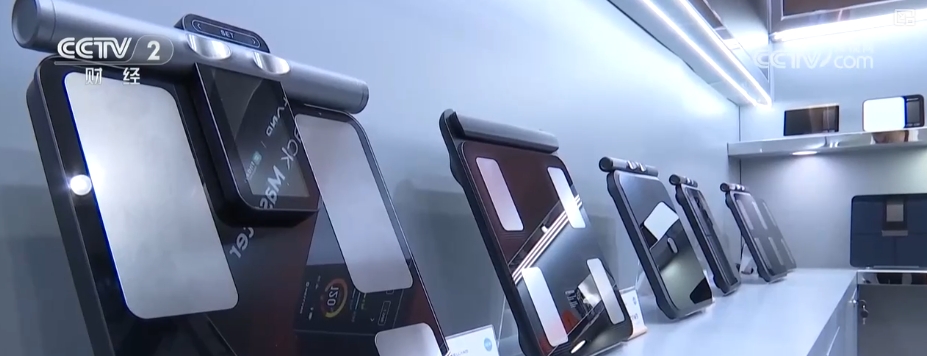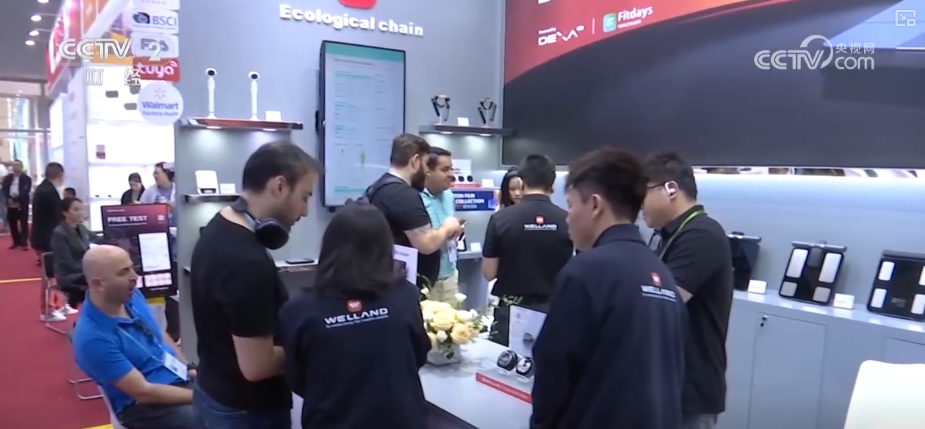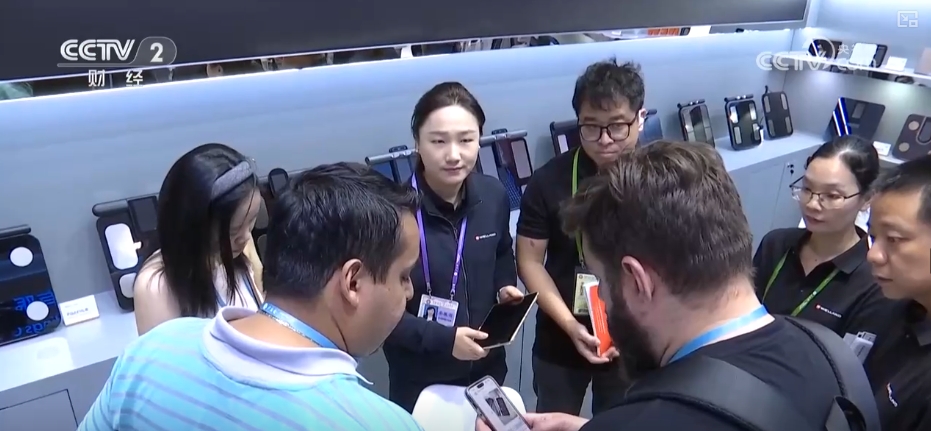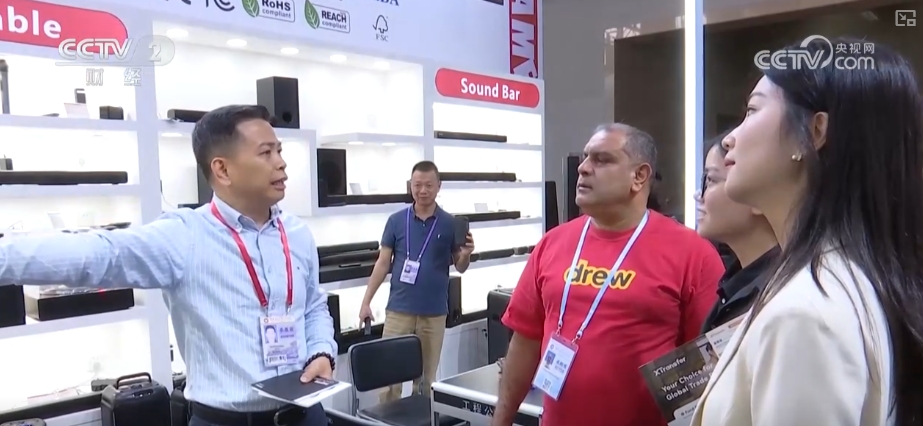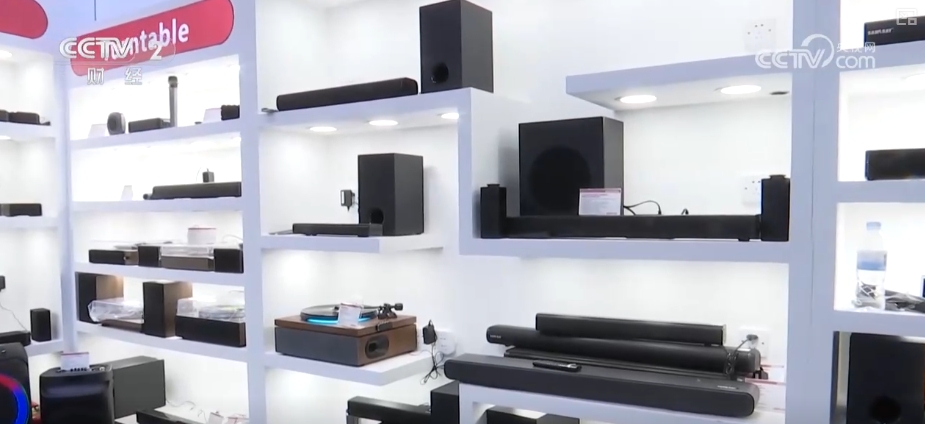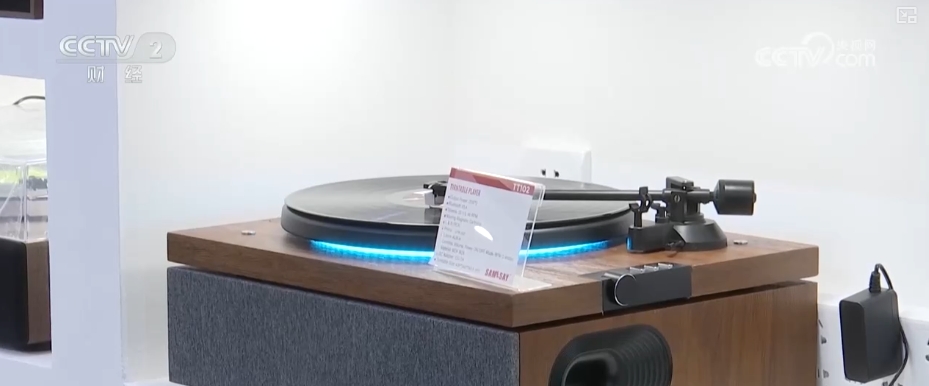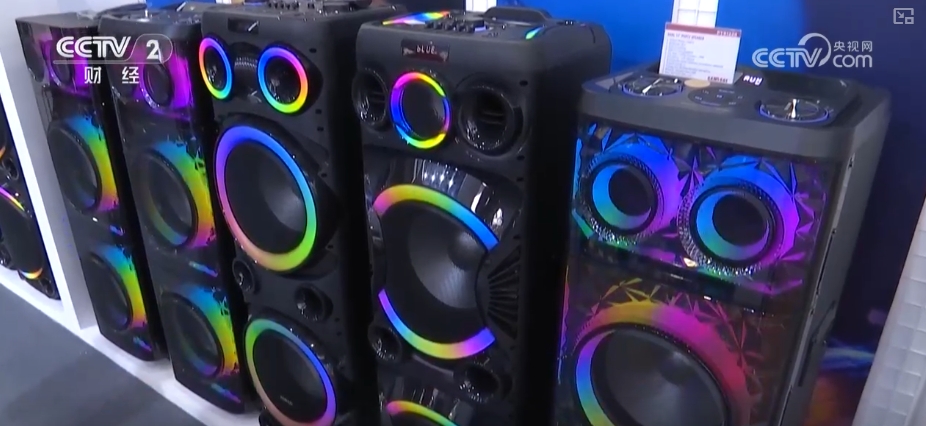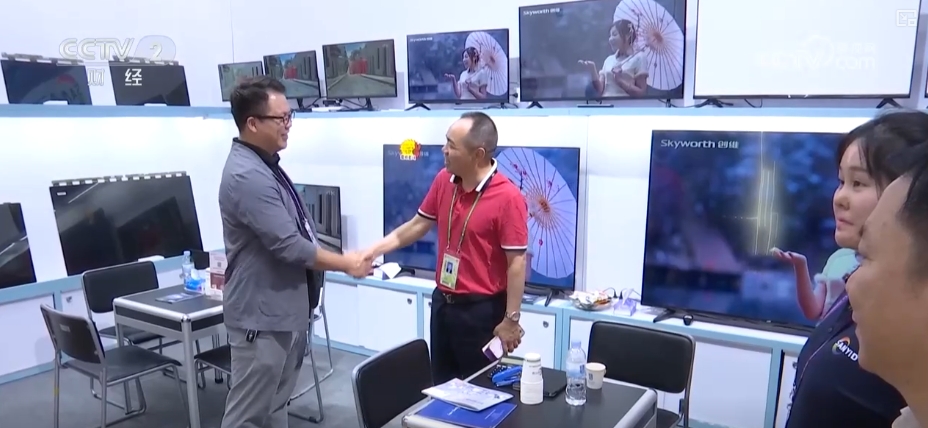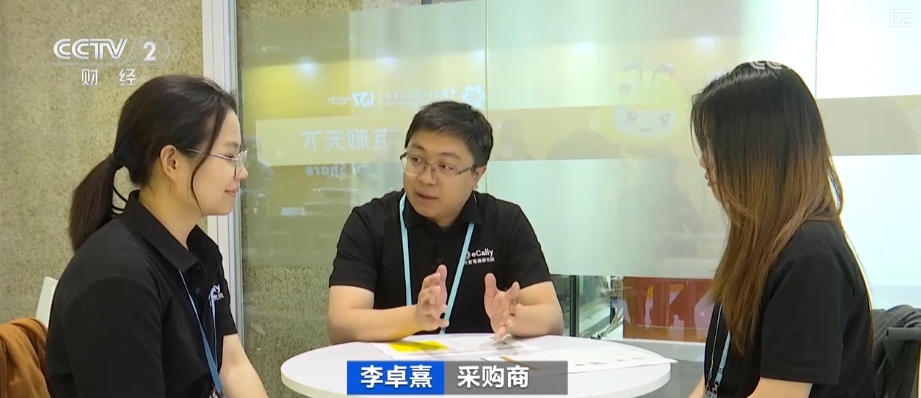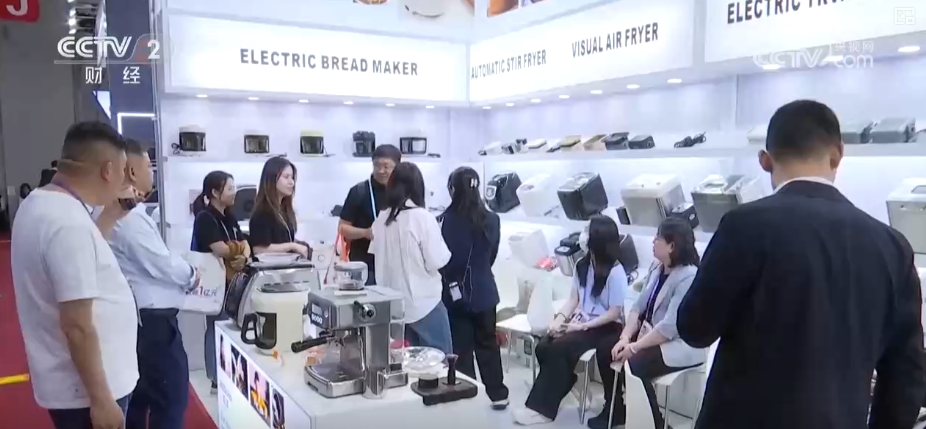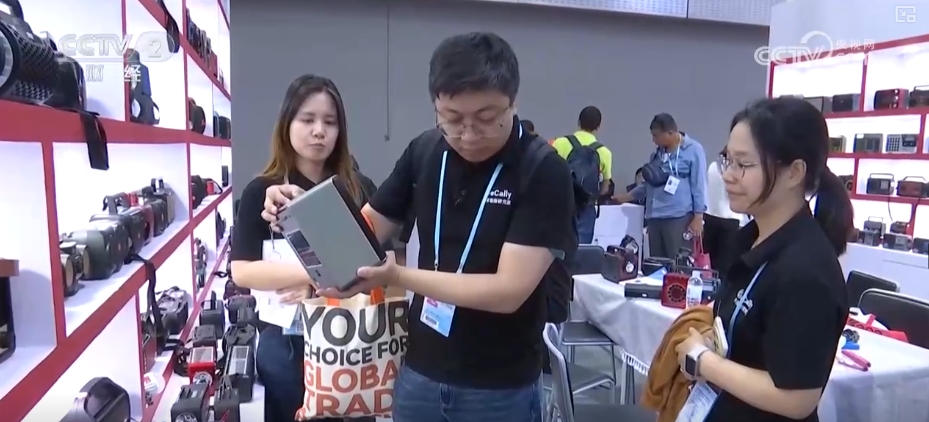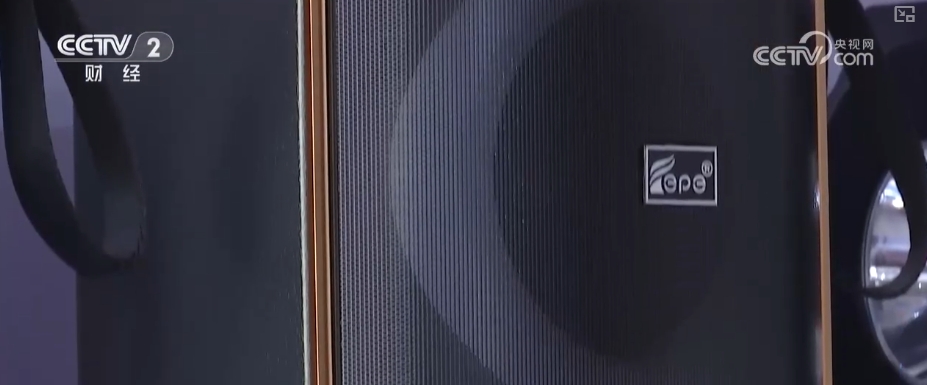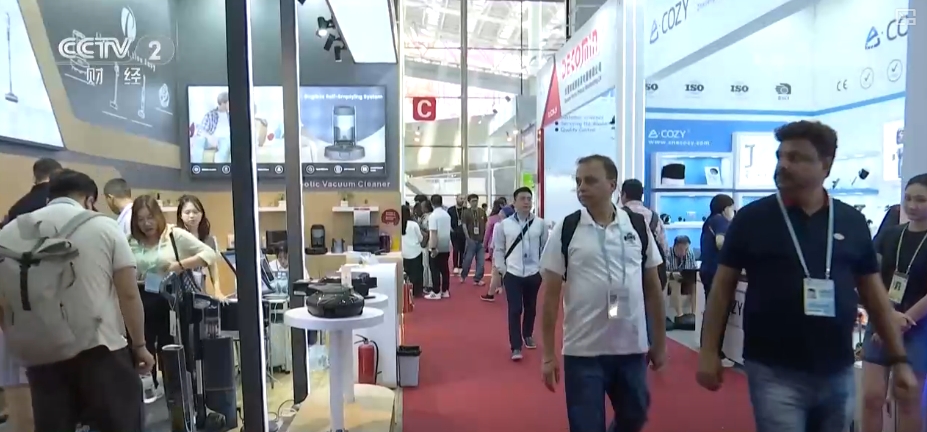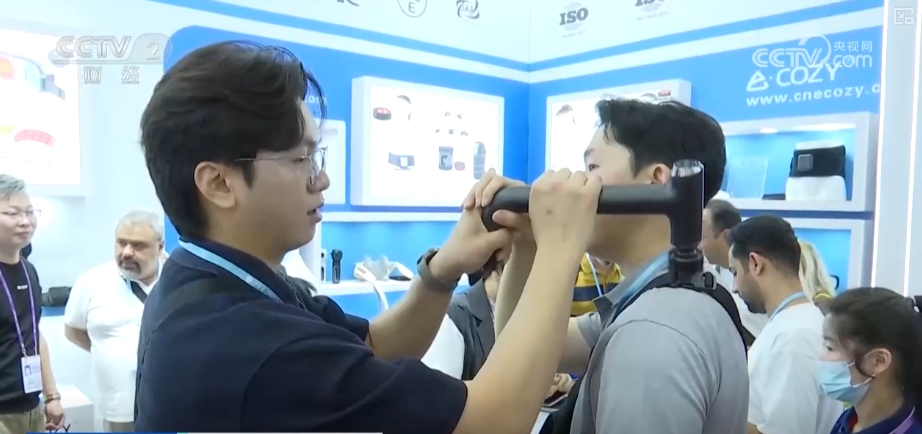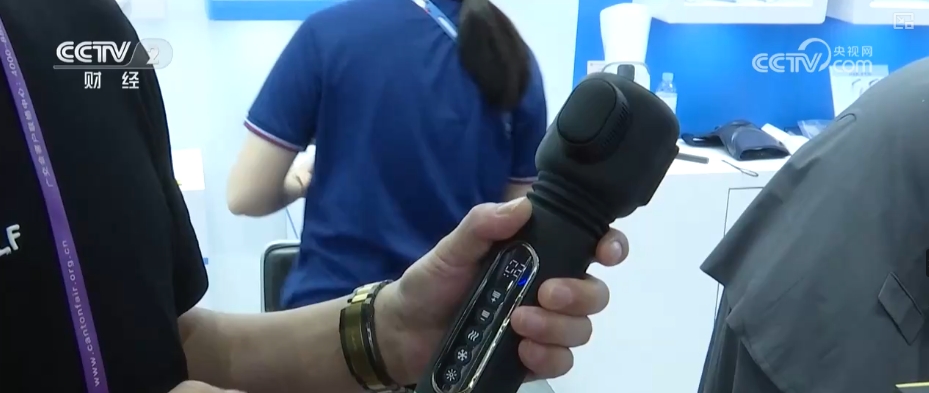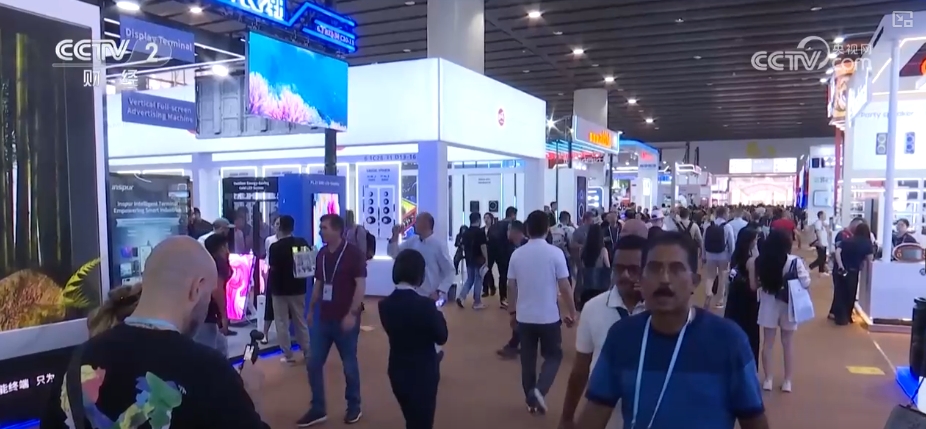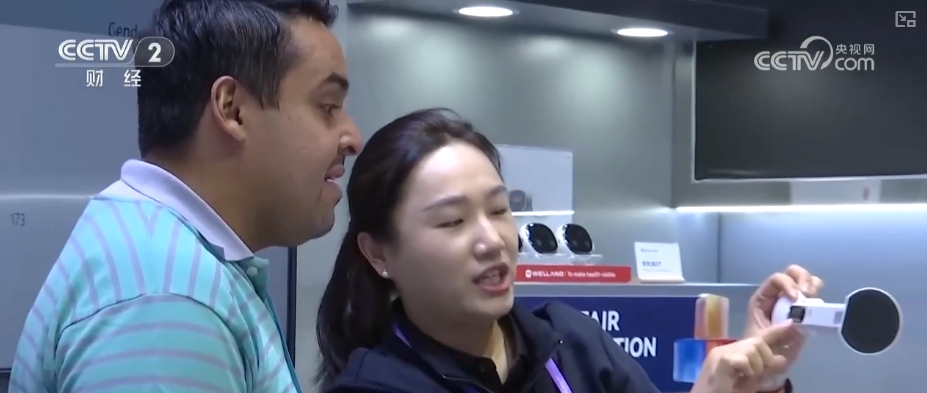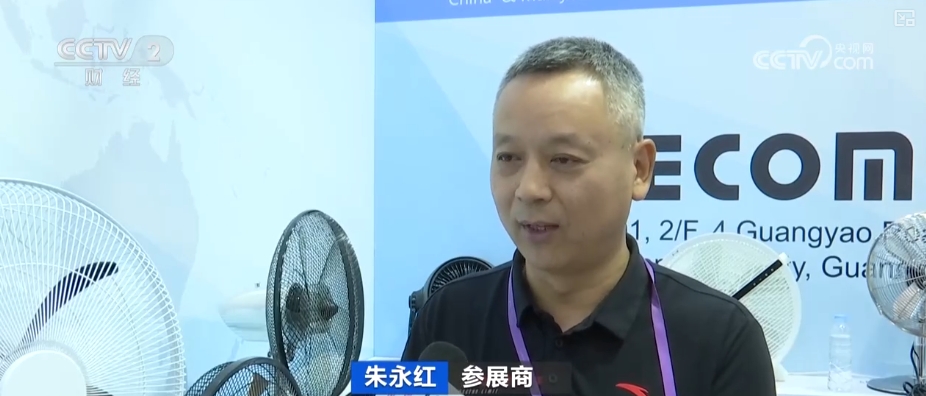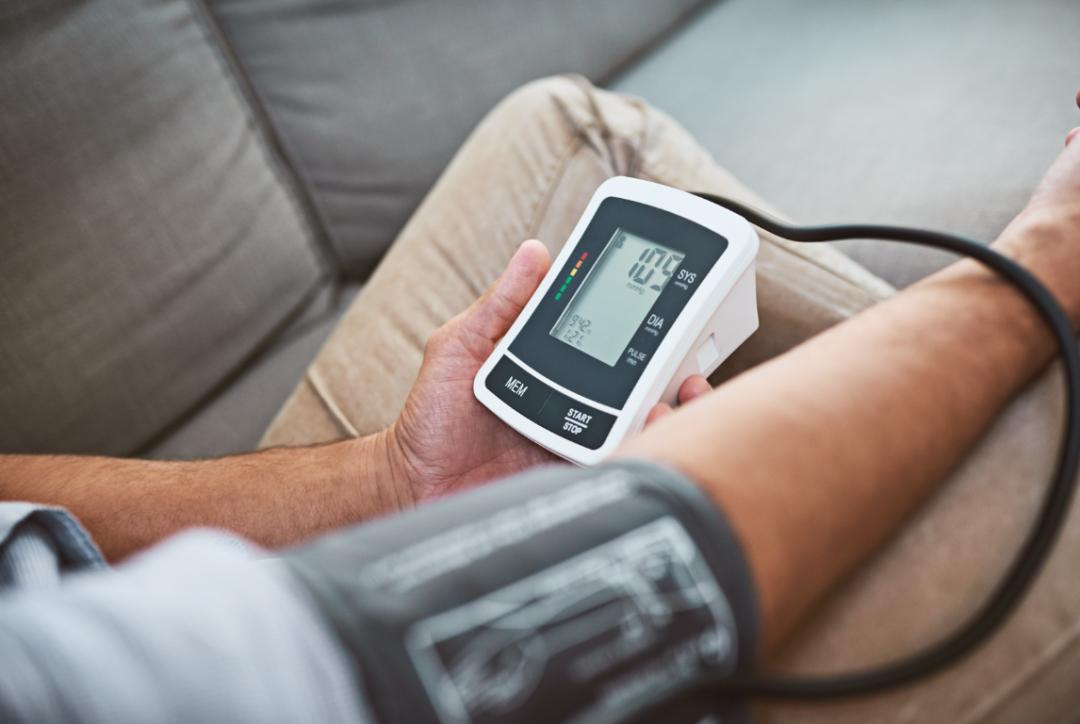Original New World NewEra New World NewEra
Interview | Gu Yining Sun Suying Nie Yiming Wang Xiaotong Xin Na Xue Jingwen Yang Meng Zhang Wenqi
Written by | Gu Yining Ji Yuxi Nie Yiming Sun Suying Xue Jingwen
American editor | Luo Shiqi
Editor | Xue Jingwen
"Why is the food in Nanda canteen so expensive?"
On September 17th, a speech on "Nanjing University Confession Wall" aroused widespread concern among students in the school. Comparing with other universities, questioning the use of food subsidies, and criticizing the poor feedback channels … all kinds of discussions have pushed the topic of the price increase of Nantah canteen to the forefront of public opinion.
Screenshot from QQ space
However, this is only the beginning. In the following half month, the topic of "the price increase of Nantah canteen" appeared on the confession wall from time to time, and quickly spread to Zhihu and other off-campus platforms after students failed to report in "Sayuri".
Screenshot self-knowledge
In fact, the notice of the canteen price increase was issued on September 14 and officially implemented "quietly" on the morning of September 15. What are the dishes involved in this price increase? What are the reasons for the price increase? Why is there no publicity? With all kinds of questions, reporters from Xintiandi launched this investigation.
Has the price of vegetables in the canteen gone up?
Regarding "Is there any increase in the price of canteen food", the general manager of Logistics Group replied: "Except for eggs and meat buns, there is no increase in price". This is also confirmed in the answers of Director Li of the Food Center and the manager of the student’s fourth restaurant. "Only the price of eggs and meat buns has gone up, and the others have not."
"At present, what the canteen is doing is to stabilize the price," said the general manager of the logistics group. "Although the price outside has gone up, the canteen is still stabilizing the price and not letting it go up." In the filing cabinet of the dining center office, there is also a folder of "stable vegetable prices".
The folder of "Stable Vegetable Price" in the Office of the Food Center.
Director Li said that the price of self-selected dishes for dinner "has never changed". Moreover, considering the family conditions of students, the school canteen requires that low-priced dishes of 4 cents be set up. "It is required to have a dish of 4 cents, a dish of 1 yuan, and a proportion of high, middle and low grades." In the notice column of the manager’s office of the student’s fourth restaurant, you can see the documents about the sale of dishes in several price grades.
In the upper left corner of the bulletin board, there is a "Food Sales Requirements for Restaurants in the Meal Center", which clearly stipulates the standards for setting food prices.
Director Li gave a detailed account of the price increase of eggs and meat buns. The canteen received a notice at 6: 00 or 7: 00 pm on September 15th, requesting that the price of eggs and meat buns be adjusted from the breakfast service period on the next day (September 16th). Eggs are divided into three categories according to different cooking methods: the price of boiled eggs is adjusted from fifty cents to one piece, the price of tea eggs is adjusted from one piece to one piece and twenty cents, and the price of fried eggs is adjusted from one piece to one piece and five cents. And the price of 50-cent meat package is raised to one piece.
Director Li said that the boiled eggs sold in the school cafeteria have been maintained at a price of 50 cents for ten years. Originally, the food center only wanted to adjust the price of boiled eggs from 50 cents to 80 cents, but the "top leader" asked it to be "transferred to one piece at a time" and asked the food center not to issue a notice in advance in official website to inform students.
On the question of whether the price of the canteen is rising, the reporter interviewed several students who ate in the fourth and fifth dining halls of the students at random. Zhang Tongxue said that he obviously felt that eating in the canteen cost more than before, but he was not sure whether the price of the canteen really increased. "I only ordered three ordinary dishes in the fifth canteen that day, and the price was actually 17 yuan. I had never seen the number 17 before eating in the canteen, so I felt that it might be a bit expensive."
The reporter immediately asked whether the price of the canteen should also be eaten in the canteen. Zhang thought that the price "increase" of the canteen was not very outrageous, so he could accept it, and mentioned the living situation of the canteen. "It (the canteen) rose in price, and people had to live. The canteen survived very hard."
A graduate student also said in an interview that he "felt the price increase in the canteen". He recalled that when he was a freshman, he only needed seven or eight yuan to eat a meal, but now he has "doubled", and a meal may cost about 15 yuan. When asked about the comparison between the current vegetable price and the previous vegetable price, he replied, "In the past, I just thought it had gone up a little, but this semester it has gone up very far, and it costs more than ten yuan to order a few dishes casually", and mentioned that "the canteen will add meat to the vegetables and pretend it is a meat dish".
On this issue, several interviewed students also mentioned that some vegetarian dishes with shredded pork or eggs are more expensive than ordinary vegetarian dishes. One of the boys once served celery with shredded pork, which was "not much", but still sold to 4 yuan. And he didn’t notice this difference before playing, "thinking it was just a cheap vegetarian dish."
However, during the random interview, some students said they didn’t know the price increase in the canteen. In addition, some students think that "the canteen has not increased in price, and it has always been so expensive". A freshman who once studied in a university in Shanghai thinks that "the canteen is very expensive as soon as she comes to Nantah", because a bowl of Chongqing noodles she ate in the suburbs of Shanghai only costs 8 yuan, while a bowl of Chongqing noodles in the fourth student canteen costs 10 yuan.
At the same time, the reporter also compared the food prices of Nanda canteen with those of several other universities in Nanjing for reference. For example, when dining at Nanjing University of Chinese Medicine, the cost of choosing pure vegetarian dishes such as shredded potatoes, green vegetables, white gourd and fried fungus is 7 yuan. Among them, shredded potato is a 1.5 yuan, green vegetables are a 2.5 yuan, white gourd and fried fungus are a 2.5 yuan, and rice is a 0.5 yuan.
Nan Traditional Chinese Medicine, shredded potatoes+vegetables+wax gourd fried fungus+rice, 7 yuan.
Dining in Nanjing Normal University, including two chicken legs and a green vegetable, the total price is 8 yuan. One chicken leg (two) 5 yuan, one green vegetable, one 2.5 yuan and one rice, one 0.5 yuan.
Nan Normal University, 2 drumsticks+vegetables+rice, 8 yuan.
For a 1: 1 meal at Hohai University, the total price of shredded potatoes+cauliflower+chicken chops is 10 yuan. In the window of the mixed rice in the sixth restaurant of South University Students, vegetarian dishes are ordered by portions, and meat dishes are weighed and priced. The total price of the mixed rice with shredded potatoes, cauliflower and chicken in the sixth dining hall of Nanjing University is 12.9 yuan, and the price of mixed rice may vary greatly according to the amount of meat and vegetables.
The pricing method of food in Hohai University canteen is slightly different from that in Nanda canteen. In the canteen of Hohai University, no matter whether it is vegetarian or vegetarian, it is priced by portion. The general price of meat dishes is four or five yuan, and the general price of vegetables is one or two yuan. Rice is priced for boys and girls, 0.5 yuan for boys and 0.4 yuan for girls. Nanda’s pricing method is that meat dishes are weighed and priced, and half-meat, half-vegetarian and pure vegetarian dishes are priced by portions. The reporter made a meal containing braised pork and shredded potatoes in the fifth dining hall of Nanjing University, with a total price of 11.7 yuan. Among them, braised pork is 56 yuan/kg, which is weighed and valued, shredded potatoes is 1.5 yuan, and rice is 0.2 yuan (1 Mao/2).
The picture on the left shows Hohai University, a mixed rice with shredded potatoes, cauliflower and chicken chops, 10 yuan.
The picture on the right shows the mixed rice with shredded potatoes+cauliflower+chicken (weighed and priced) in the sixth canteen of Nanjing University, 12.9 yuan.
The price of canteen food in Hohai University
Nanjing University Student No.5 Restaurant, braised pork (weighed and priced)+shredded potatoes+rice, 11.7 yuan.
It is difficult to find exactly the same dishes for price comparison in colleges and universities in Nanjing, and the ways of setting vegetable prices in colleges and universities are also very different. However, the prices of similar dishes listed above in Nanjing universities also have certain reference value for our students to measure the pricing of dishes in Nantah canteen.
Why do students think the price has gone up?
Since the responsible persons at all levels of the Logistics Service Group have indicated that the price of the food in the dining room has not increased, why do a large number of students think that the price of the dining room has increased, whether posting online or interviewing offline?
Director Li mentioned that there may be a canteen window for profit, which violates the principle of providing dishes at different prices in a fixed proportion and reduces the supply of low-priced vegetables. "For example, we asked for four or five cheap vegetables in a window, but when we went out to check, we found only one or two." Director Li explained. In this case, the price of the dishes available for students to choose is higher, so students will naturally think that the price of the canteen has increased.
As for who is secretly adjusting this ratio, Director Li did not give a clear answer. However, according to Director Li, in every canteen, there is a deputy manager in charge of food and business. The assistant manager is responsible for the examination and approval of how many dishes to fry and how many copies to fry for each dish. Once the problem of imbalance occurs, the relevant person in charge of the food center will directly hold the general manager of the canteen accountable, and then the general manager will hold the staff at the next level accountable.
In the actual operation of the canteen, due to the influence of the course time, there will be a peak period of dining in the canteen every 12 noon and 6 pm, and a certain dish will often be sold out. If the low-priced vegetables are just sold out, and the window is not replenished in time, it may also cause students who eat at this time to feel that the price of the food is expensive.
Director Li said that all the dishes weighed on the scale at checkout, that is, meat dishes, have not changed their prices in recent years, but the prices of vegetarian dishes fluctuate according to the prices of raw materials. The reporter tried to find out the pricing of meat dishes in the previous canteen, but official website of Logistics Service Group did not publicize it, and the students interviewed had vague memories, so it was impossible to verify Director Li’s statement.
Some seasonal dishes just listed are usually more expensive. In this case, the price of vegetarian dishes made from seasonal dishes will also be high. "It is definitely impossible to sell them at 4 cents." "Who is willing to do it? I can make less money, but I won’t do anything at a loss. It’s not good to do it! " Director Li said.
In addition to the relatively fixed and long-term vegetarian dishes, the canteen will also launch some "innovative dishes". Most of these innovative dishes are meat dishes, which use the same raw materials as meat dishes with fixed prices. But the difference is that the price of innovative dishes is determined according to the market price of raw materials, so it will be higher than the price of fixed meat dishes. Selling innovative dishes at this price "can at least break even", said Director Li.
According to the regulations of the food center, the number of innovative dishes in all dishes should also be maintained at a fixed ratio. Usually, one or two kinds of innovative dishes are introduced in each canteen once a week, and these two kinds of innovative dishes will be sold together in different windows of the canteen. If the canteen deliberately raises the proportion of innovative dishes, it will also lead students to think that the price of vegetables is high.
Who will decide the canteen price and who will supervise it?
Official website of Nanjing University Logistics Service Group shows that it is a "non-independent legal person economic entity with self-financing and independent accounting", that is, an economic organization engaged in profit-making production and operation activities but without legal person status. The food center under the group is responsible for the food of about 40 thousand people in the whole school.
The canteen manager of the student’s fourth canteen said that "more than 90%" of Nanjing university canteens were contracted by catering companies, but all the canteens in Nantah were not introduced by catering companies, from construction and decoration to weekday catering, all of them were made by the catering center itself. The manager said that the school did not fully open the door for catering companies to settle in, in order to ensure food safety. "Aside from the taste, safety is definitely the safest."
Director Li of the Catering Center introduced that the canteen needs to go through the bidding process, which is handled by the bidding and purchasing office under the Logistics Service Group and the bidding office inside the Catering Center. The bidding will be re-invited every six months or one year, and the price will be adjusted every bidding to select ingredients with good quality and price.
After the epidemic, according to the requirements of the school, it was changed to the unified bidding and procurement office, and the food center could supervise the bidding, but it did not have the right to decide. In addition, the food center sends relevant personnel to the market every week to investigate the specific prices of ingredients. Although the supplier and the logistics service group agree on the price of vegetables and sign a contract, the supplier’s price of vegetables changes with the market, and the price of meals in the canteen cannot be changed at will. If the supplier’s price fluctuates too much, or the quality of ingredients is not up to standard, the food center will report to the higher authorities and put forward suggestions to adjust the supplier. In contrast, the bidding and purchasing office can also conduct reverse supervision on the price of canteen food in the food center.
The manager of the fourth student canteen mentioned that Nantah and several other universities in Nanjing, such as Nanjing Normal University, Nanjing University of Finance and Economics, Nanjing Audit University, formed the "Jiangsu University of Higher Learning Purchasing Alliance", and the prices of purchased ingredients were lower. Director Li said that before the epidemic, several universities unified bidding, but during the epidemic, the bidding system was adjusted and Nantah no longer participated in unified bidding. The reporter went to the bidding and purchasing office for verification. The staff of the department said that Nantah has indeed started to prepare for separate bidding, but at present, the ingredients used in the canteen are still provided by the company that won the bid in the previous unified bidding.
According to the "organization" announcement of official website, the logistics service group of Nanjing University, the canteen operates according to the organizational structure of "vice president (in charge of logistics)-logistics service group-group office-dining center-canteen manager-staff". Each canteen is jointly managed by the general manager and the deputy manager. The manager is responsible for the overall management of the canteen, and the deputy manager is in charge of the food business.
The price of food raw materials is determined by the market, while the price of food is determined by the canteen manager after accounting the cost. In this process, the price of dishes is supervised by the bidding office, the upper management and the students.
However, the canteen manager does not have the power to adjust the price of food at will. If the price adjustment of individual dishes is involved, the manager needs to apply to the food center, and the food center then applies to the manager of the logistics group, and the price can be adjusted only after approval. According to Director Li, in the past few years, the canteen has been in a state of "flat profit" or "operating at a loss" because of the low price of dishes. They have applied to the logistics service group for price adjustment many times, but they have never been approved. This time, the price increase "should be agreed by the vice president in charge of logistics".
The reporter also questioned some students about the price increase of some dishes in Jinling Snack. Director Li said that he didn’t know about it, and explained to us that although Jinling Snack was managed by the canteen, its "supply form" was more like an outside restaurant. In addition, the chefs of Jinling Snack are hired from off-campus restaurants, and their salary is higher than that of ordinary chefs in the canteen, so the price of their dishes will be higher than that of the dishes served in the dining room. As for the price increase of small fry, the canteen said it would continue to strengthen supervision and respond in a timely manner.
From time to time, some students reported that there were bugs and sand in the food. Director Li said that he could only strengthen supervision, "starting from raw materials and starting from scratch", but "no one can guarantee to eliminate it fundamentally".
Why does the canteen increase in price?
Affected by this year’s epidemic, the management of Nanda canteen is not optimistic. The general manager of the logistics group said that the canteen has been operating at a loss since the epidemic and is in a state of debt. The manager of the student’s fourth restaurant said, "The canteen doesn’t make money. It can only be said that the income and expenditure are flat and there is a slight surplus. " He explained that the operating costs of the canteen include utilities and employees’ salaries, and employees have to pay five insurances and one gold. There are more than 200 employees in the canteen of Xianlin Campus. Generally speaking, there are 40 or 50 employees in a canteen, and the usual basic salary should be paid to them normally during the epidemic. When asked about the basic salary of employees, he immediately replied: "2020!" (Note: Nanjing minimum wage is 2020 yuan/month)
In order to verify the canteen manager’s statement, the reporter tried to inquire about the relevant job advertisements and salary standards on major recruitment websites, but did not find the release information. According to the aunt who cooks in the canteen, their salary is divided into two parts: fixed salary and performance. Before the epidemic, it was more than 30 yuan a day. When the window benefit is not good, it can only take more than 2,000 yuan a month. During the epidemic, the salary is 40 yuan per day. After the school started in September, the salary did not rise.
The difficulty of employment is also a big problem in the canteen. "Basically, every canteen is short of people." The manager of the fourth student canteen said, "Young people don’t want to work, and more than 50 staff members have retired." Director Li also said that the staff are nervous. "Now employees are not easy to recruit, and they all have high wages. It used to be something that three people did, but now two people have to finish it, so the pressure is also great. "
As for whether the school will give subsidies to the canteen, the answers of managers at all levels are not consistent. The general manager of the logistics group said that "the school does not give subsidies to the canteen", while director Li of the food center said, "We certainly have subsidies, and we can’t do it without subsidies. Like meat and non-staple food now, the above subsidies are basically ok. " The manager of the student’s fourth restaurant said that their employees are distributing subsidies related to the epidemic, but it is "not necessarily" whether they can get subsidies.
Food Purchasing: Has the price of raw materials gone up?
Official website of Nantah Logistics Service Group shows that in 2018, Logistics Service Group was responsible for purchasing vegetables, fresh water aquatic products, beef and mutton, condiments, miscellaneous grains, frozen chicken and duck accessories (products) and frozen conditioning products, and in 2019, rice, flour, edible oil, chilled pork and its by-products, bean products, eggs, seafood products, salt, dry goods, vermicelli and bread cakes were added on this basis. Among them, the tender announcement and bid-winning announcement of rice, flour, edible oil, chilled pork and by-products, frozen chicken and duck cut products, condiments, bean products, eggs, seafood and salt in 2019 can be found on the China government procurement website, but only the total turnover of each category and the winning bidder have not stated the unit price of ingredients. China government procurement network was founded by the Ministry of Finance and officially opened on December 31st, 2000, with the purpose of improving the openness and transparency of government procurement [1].
The announcement of winning the bid in official website of Nantah Logistics Service Group shows the unit price of raw materials such as vegetables, freshwater aquatic products, beef and mutton, chilled chicken and duck meat, miscellaneous grains and condiments. On the official website of the Food Center, the weekly market price of ingredients was also displayed. On September 23, 2020, Xintiandi reporters went to Nanda Heyuan Farmers’ Market and Xuehai Road Farmers’ Market (mainly wholesale, located in Xianlin University Town) to investigate the price of vegetables, and found that there was little difference between the market price and the advertised price of the canteen. In contrast, the price of meat and eggs in farmers’ markets is lower than that in 5 yuan, while that of vegetables is higher than that in 1 yuan or flat.
Note: The best beef price in Xuehai Road on September 23rd is 50 yuan, and the beef with bones is 25 yuan. Data gaps are unapproved prices.

In order to compare the difference between the purchase price and the market price, the latest bid (announced on August 23, 2019) was selected. Taking vegetables, chilled chicken and duck (products), beef and mutton and aquatic products as examples, the reporter compared the bid price with the market price on August 26, 2019, and found that the bid price of most ingredients was half of the market price. Among the meats, the bid price of beef and mutton ranges from 11 yuan to 23 yuan/kg, and the most expensive chilled chicken and duck meat is a catty of old hen in 30 yuan, while the most expensive aquatic product is a catty of bulk salmon in 50 yuan, and the purchase price of pork has not been announced. Among vegetables, asparagus, mushrooms, shiitake mushrooms and broad bean petals have the highest price, which is 5 yuan/kg. Among 95 kinds of vegetables, the purchasing unit price of 20 kinds of vegetables is lower than that of 1 yuan/kg.
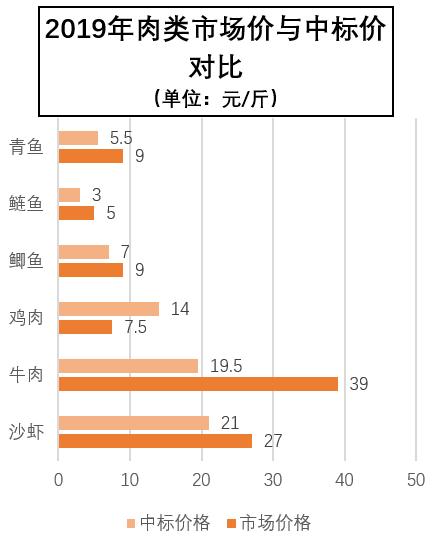

The reporter combed the market price information released from November 24, 2018 to September 28, 2020, and found that the price of ingredients has not increased much in the past two years. According to the bid-winning price announced by the canteen, the prices of meat and miscellaneous grains remained basically unchanged in 2017-2019, and some of them declined slightly, while the prices of vegetables rose, but the magnitude was not large.
As of press time, the Logistics Service Group has not made a statement on the rising price of meat buns and eggs in official website.
Note: At the request of the parties, Director Li of Wenzhong Catering Center is a pseudonym.
reference data
1 on the China municipal government procurement network management issues notice.
http://www.ccgp.gov.cn/zcfg/mof/201311/t20131113_3591993.htm
2. Tender announcement in the first half of 2018
https://hqjt.nju.edu.cn/73/ef/c1215a226287/page.htm
3. Announcement of Winning Bid November 23, 2017
https://hqjt.nju.edu.cn/7d/cf/c1215a228815/page.htm
4. Tender announcement in the second half of 2018
https://hqjt.nju.edu.cn/49/4a/c1215a280906/page.htm
5. Public announcement of winning the bid August 30, 2018
https://hqjt.nju.edu.cn/5b/ed/c1215a285677/page.htm
6.2019-2020 Tender Announcement
https://hqjt.nju.edu.cn/91/98/c1215a364952/page.htm
7. Announcement on Winning the Bid of Nanjing University’s 2019-2020 School Year Food Raw Materials (Non-staple Food) Supplier Selection Project
http://www.ccgp.gov.cn/cggg/dfgg/zbgg/201909/t20190925_12992428.htm
8. Announcement of winning the bid for cold fresh pork segmentation and by-products, November 25, 2019
http://www.ccgp.gov.cn/cggg/dfgg/zbgg/201911/t20191125_13418024.htm
9. Announcement of winning the bid for bean products on November 25, 2019.
http://www.ccgp.gov.cn/cggg/dfgg/zbgg/201911/t20191125_13418024.htm
10 Announcement of Winning Bid for Dry Goods, September 24, 2019
https://hqjt.nju.edu.cn/81/1f/c1215a426271/page.htm
11. Announcement of Winning the Bid by Fans, September 24, 2019
https://hqjt.nju.edu.cn/81/1e/c1215a426270/page.htm
12. Announcement on Winning Bid of Muslim Beef and Mutton on September 24, 2019
https://hqjt.nju.edu.cn/81/20/c1215a426272/page.htm
People who like this content also like it.
Original title: "Focus | Investigation on the price increase of Nanda canteen:" Except for eggs and meat bags, there is no price increase ""
Read the original text
